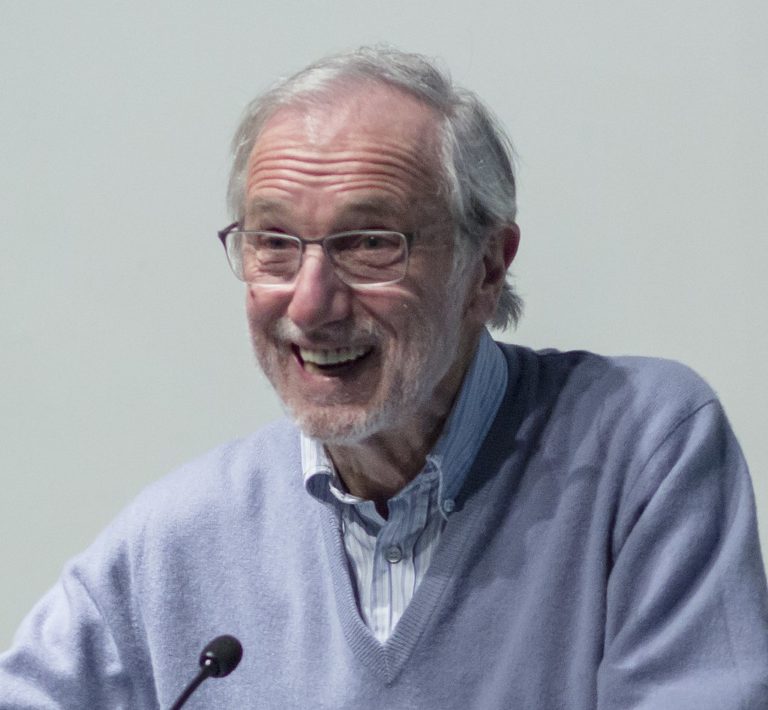Was born on September 14 in Genoa.
1937
Renzo Piano

description
Renzo Piano (1937) – internationally recognized Italian architect, representative and one of the founders of the high-tech style, worked in the field of environmental architecture, winner of the Pritzker Prize (1998). Renzo Piano’s style is characterized by a delicate and sophisticated approach to construction, a redefinition of stereotypes of how modern public spaces should look, sensitivity to the environment, attention to user experience and futuristic design, reflected in the structures of museums and other buildings around the world. Its interiors and consolidation of space have made Piano one of the most sought after architects of the 21st century.
Main structures:
- Center Georges Pompidou, France, Paris, (architects Renzo Piano, Richard Rogers), (1971 – 1977);
- Exhibition Gallery, USA, Texas, Houston, (1981 – 1986);
- IBM mobile pavilion. Italy, Rome, (1983 – 1986);
- Aquarium in Genoa for the international exhibition Expo-1992, Italy, Genoa, (1992);
- Terminal of Kansai International Airport, Japan, (1988 – 1994);
6. Stadium “San Nicola”, Italy, Bari, (1990);
- Modern building of the Institute of Arts, USA, Illinois, Chicago, (1990);
- Cultural Center J.-M. Tjibu, New Caledonia, Nuema, (1992 – 1998);
- NEMO Museum, Netherlands, Amsterdam (1995-97);
10. Reconstruction of Potsdamer-Platz, Berlin, Germany, (1992 – 2000);
- Skyscraper Aurora Place, Australia, Sydney, (2000);
- Theater of Music, Italy, Rome, (1994 – 2002);
- Pilgrimage Church of Padre Pio in San Giovanni Rotondo, Italy, (2004);
- Shop “Peek & Cloppenburg”, Germany, Cologne, (1999 – 2005);
- New York Times Headquarters, USA, New York (2005);
- Paul Klee Center, Bern, Switzerland, (2005);
- Isabella Stewart Gardner Museum, USA, Boston, (2005 – 2010);
- California Academy of Sciences Museum, USA, California, San Francisco (2009);
- The Shard, United Kingdom of Great Britain and Northern Ireland, London, (2012);
- Astrup-Fearnley Museum of Contemporary Art, Oslo, Norway, (2006 – 2012);
- Museum of Science MUSE, Italy, Trento, (2002 – 2013);
- Fondation Pathé France, Paris, (2014);
- Harvard University Art Museums – Reconstruction, USA, Cambridge, (2014);
- Monaco – Coastline Extension, Monaco, (2014);
25. Whitney Museum of American Art – new building, USA, New York, (2015);
- Building Intesa Sanpaolo, Italy, Turin, (2015);
- Reconstruction of the historic center of Valletta, Malta, Valletta, (2015);
- Center for Contemporary Culture of the V-A-C Foundation in the former power plant GES-2, Russia, Moscow, (2015);
- Cultural Center of the Stavros Niarchos Foundation, Greece, Athens, (2016);
- Center Botín, Spain, Santander, (2017);
- Court of Paris, France, Paris, (2017);
- “Forum” – campus building in Manhattanville, Columbia University, USA, New York, (2018).
Features of the style of Renzo Piano:
- Using the latest technologies and materials, taking into account the problems of energy conservation, natural resources, ecological situation: the use of natural landscaping as thermal and sound insulation; windows with different types of glass, having the latest properties that do not allow excessive exposure to ultraviolet radiation, designed to facilitate ventilation; use of solar panels, etc .;
- The method of demonstrating communications and structural elements;
- Original engineering solution of structures;
- Functionality;
- Phenomenological approach to terrain. The emergence of a project from a spot.
- Lack of tendency to follow one style;
- Transparency and lightness of structures;
- A sharp contrast with urban development or, on the contrary, attempts to harmonize, fit structures into the surrounding landscape.
1937
1964
1965 - 1970
1971
1977
1981
1998
Was born on September 14 in Genoa.
Graduated from the Polytechnic University of Milan
Graduated from the Polytechnic University of Milan
Worked with Luis Kahn's team
Worked with Luis Kahn’s team
Founded the Bureau "Piano & Rogers"
Founded the Bureau “Piano & Rogers”
Founded the "l'Atelier Piano & Rice" bureau
Founded the “l’Atelier Piano & Rice” bureau
Founded the Renzo Piano Building Workshop
Founded the Renzo Piano Building Workshop
Received the Pritzker Prize.
Received the Pritzker Prize.
